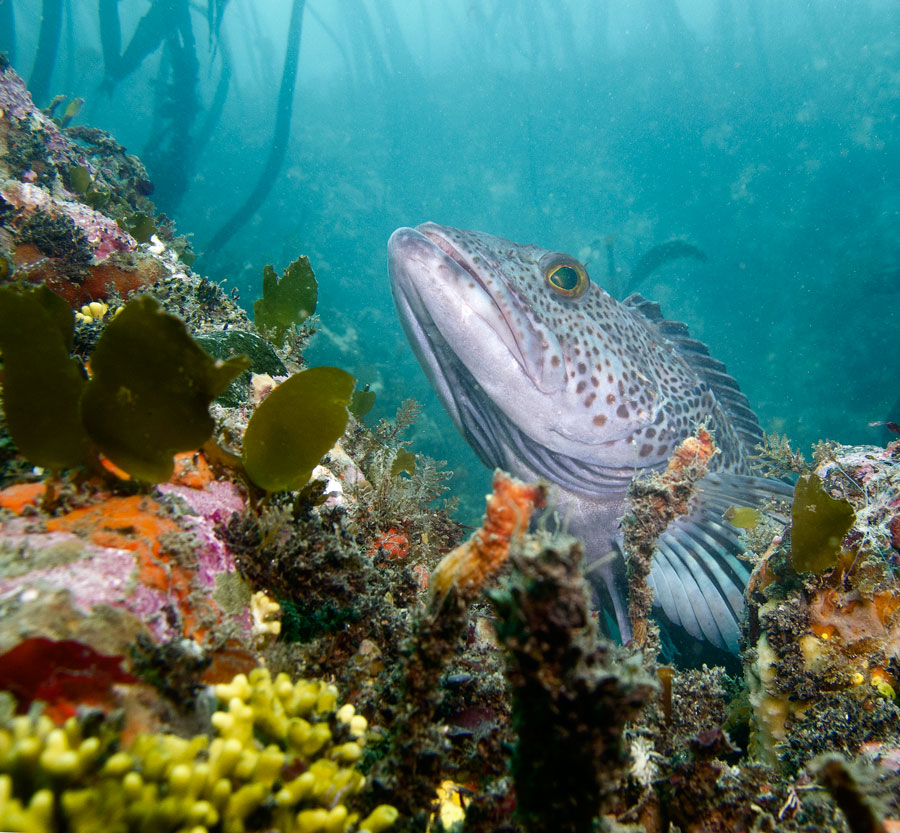Nearshore Habitats
 Oregon’s nearshore environment is home to a vast array of fish, invertebrates, marine mammals, birds, algae, plants, and a diversity of other organisms. This region includes a variety of habitats ranging from open waters dotted with islands to submerged high-relief rocky reefs, soft sandy and muddy bottoms, broad expanses of sandy beaches interspersed with rocky headlands, mudflats, sloughs and channels in estuaries.
Oregon’s nearshore environment is home to a vast array of fish, invertebrates, marine mammals, birds, algae, plants, and a diversity of other organisms. This region includes a variety of habitats ranging from open waters dotted with islands to submerged high-relief rocky reefs, soft sandy and muddy bottoms, broad expanses of sandy beaches interspersed with rocky headlands, mudflats, sloughs and channels in estuaries.
Oregon Nearshore Strategy
Nearshore species and habitats are the focus of the Oregon Nearshore Strategy. Each one is an integral part of a complex nearshore ecosystem interconnected through food webs, nutrient cycling, habitat usage, ocean currents, atmospheric forcing, and a multitude of other biological, physical, chemical, geological, and human use factors.
“Nearshore” is defined as the area from the outer boundary of Oregon’s Territorial Sea at 3 nautical miles to the supratidal zone affected by wave spray and overwash at extreme high tides on our ocean shoreline, and up into the portions of our estuaries where species depend on the saltwater that comes in from the ocean.
The Oregon Department of Fish and Wildlife’s (ODFW’s) Marine Resources Program has identified opportunities for ODFW and others to augment ongoing conservation and management efforts and support the long-term sustainability of nearshore resources in Oregon. The result is the Oregon Nearshore Strategy (Nearshore Strategy).
The mission of Oregon’s Nearshore Strategy is: To promote actions that will conserve ecological functions and nearshore marine resources to provide long-term ecological, economic, and social benefits for current and future generations of Oregonians.
To achieve this mission, the Nearshore Strategy provides information on nearshore marine fish and wildlife and related conservation needs in a broad social and ecological context. It does not create or propose regulations. The Nearshore Strategy presents recommendations for voluntary actions that can contribute to the sustainability of marine resources and ecological functions.


